Houseplants are a great way to make a space feel more vibrant and inviting. But what we call "houseplants" are not native to living rooms and hallways. Much of our domestic greenery evolved to thrive on the forest floors of warm, wet, and faraway lands. Its only natural that such plants struggle through cold European winters due to a lack of light. The solution? Plant grow lights! Here’s everything you need to know to keep your greenery thriving all year-round.

Houseplants are a great way to make a space feel more vibrant and inviting. But what we call “houseplants” are not native to living rooms and hallways. Much of our domestic greenery evolved to thrive on the forest floors of warm, wet, and faraway lands. Its only natural that such plants struggle through cold European winters due to a lack of light. The solution? Plant grow lights! Here’s everything you need to know to keep your greenery thriving all year-round.
How does light affect plant growth?
Do you have houseplants? If so, you probably know how to pot, water, and feed them. But are you giving them enough light? Plants rely on light for photosynthesis, which provides the energy and nutrients they need to thrive. Without enough light, your potted plants will show signs of distress.
Specialised grow lights can fix the problem. These aren’t the bulbs you use for everyday lighting at home. Plants need full-spectrum lights with the right colour balance. These lights extend your plants’ lifespans and help them grow strong and healthy.
Plant growth and light colour
If standard household bulbs don’t work for plants, what sets grow lights apart? It’s all about the colour spectrum – specifically, the mix of blue and red light, with smaller contributions from white, infrared, and ultraviolet. The first two colours are the key players. Here’s why:
- Blue light (420–490 nm) is absorbed by chlorophyll B and powers photosynthesis. It’s essential for growing all green parts of a plant.
- Red light (600–700 nm) is absorbed by chlorophyll A. It drives germination, flowering, and seed production.
Blue light is crucial for indoor plant growth. But if you’re starting vegetable seedlings like tomatoes for your garden in spring, red-light LED grow lamps are a game-changer.
Can your houseplants thrive under white light? Absolutely! White light is made up of all other colours and enables photosynthesis. Just keep these two things in mind: The light’s colour temperature should mimic natural daylight (6500–8000 K). And even with perfectly selected white light, blue and red will always deliver better results.

Types of plant grow lights
What are the best grow lights for plants? Let’s explore the top three types of lighting for plant care:
- HPS and MH lamps (high-pressure sodium and metal halide lamps) are classic options for plant lighting. These have been around since the early 20th century and still deliver outstanding results. They’re brilliant for large-scale lighting, producing intense light. However, they consume a lot of energy, generate heat, and require a power connection.
- CFL lamps, also known as fluorescent lights, earned the nickname “energy-saving lamps” for a reason. They last longer and consume less energy than HPS and MH lamps. However, they’re less efficient overall and are mainly used to supplement natural daylight indoors during shorter days. Position them close to your plants for the best results.
- LED lights are the most popular choice for plant growth. The variety is enormous, with options tailored to every plant type and need. LED grow lights provide excellent light output while consuming less energy than other types. Modern models even offer programmable features, making them ideal for delicate seedlings or exotic plants like orchids.
What wattage do plant grow lights need?
How many watts should a grow light have? Don’t rely on wattage alone – it’s not a fair comparison across different types of bulbs. LEDs, for instance, are far more efficient than CFLs with the same wattage. Instead, focus on lumens. This measure tells you more about the brightness and efficiency of a light.
Energy-saving plant lighting
Are grow lights cost-efficient? Compared to old-fashioned sodium and metal halide lamps, which rack up high running costs, modern options like LEDs and CFLs are much easier on your wallet. LEDs are the ultimate choice, offering the widest spectrum of light while being highly energy-efficient.
Plant lighting and space
When choosing a grow light, consider the space it’ll be used in. Decorative plants in a flat need different lighting from vegetables and flowers grown in a greenhouse. Tailor your choice to suit the setting.
Greenhouse plant lighting
Lighting plants in a greenhouse? Advanced LED panels are your best bet! If they’re too pricey, go for the trusty HPS or MH lamps. These options cost less upfront, deliver intense light, and generate heat – a bonus for greenhouse plants.
Over time, the energy costs of older lighting systems outweigh the initial investment in advanced LED grow lights. For long-term savings, switch to LED technology.
Lighting plants at home
HPS and MH lamps aren’t suitable for home use. Opt for energy-saving solutions like LEDs or CFLs. For a small number of plants, a single fluorescent tube does the trick.
For a larger collection, invest in an LED grow light set. These lights are often programmable and provide comprehensive lighting that appears as white light to the human eye but is perfectly tuned for your plants.
-
LED Grow Light – Red/blue – 20 W – 120 LED – 1600 lumens – 4 pcs. 38.99 €
-
LED Grow Light – full spectrum – 50 W – 136 LEDs – 3,000 lumens 26.99 €
-
LED grow light – Full spectrum – 100 W – 136 LED – Europlug – 6,000 lumens 30.99 €
-
LED Grow Light – Full spectrum – 2,000 W – 468 LEDs – 20,000 lumens 219.00 €

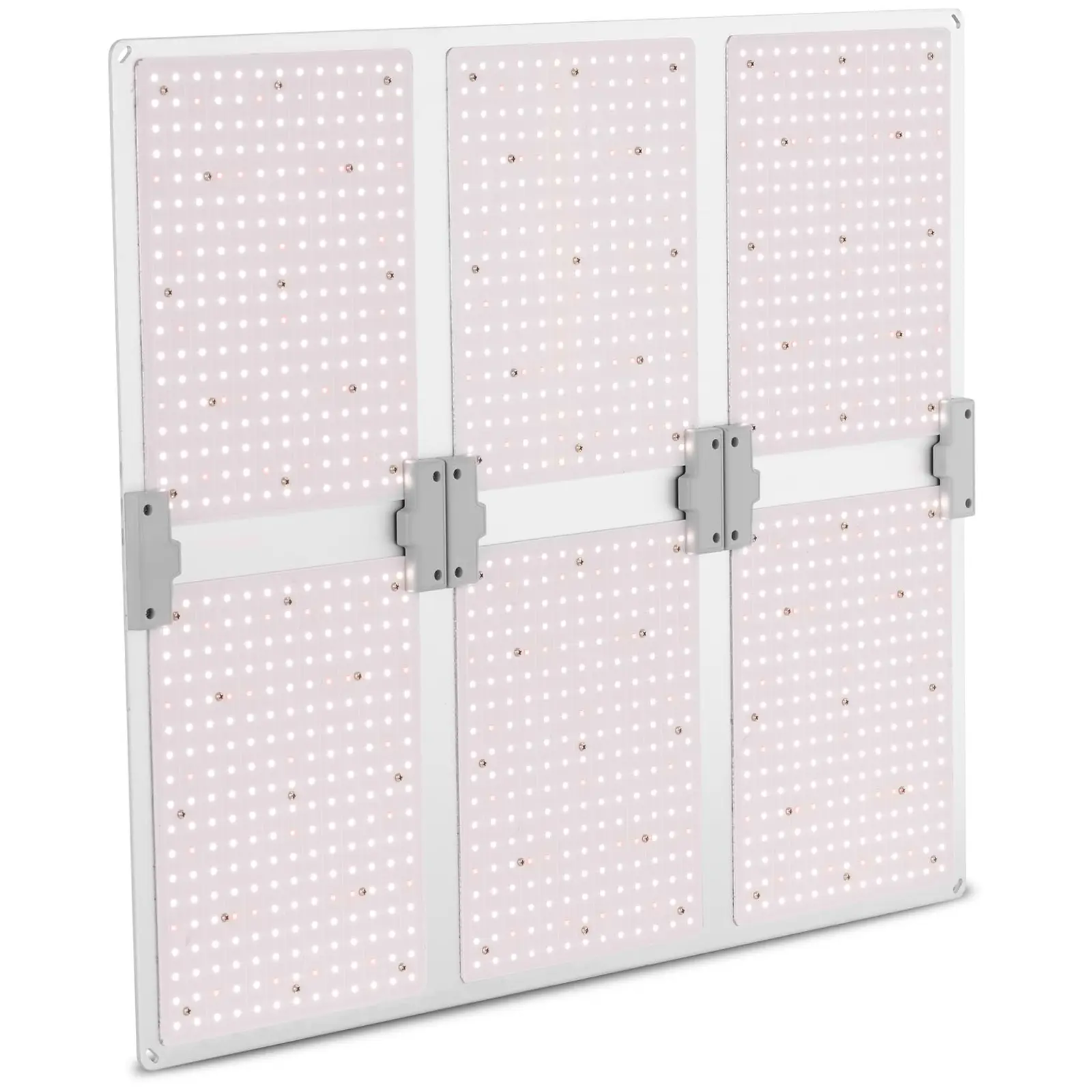

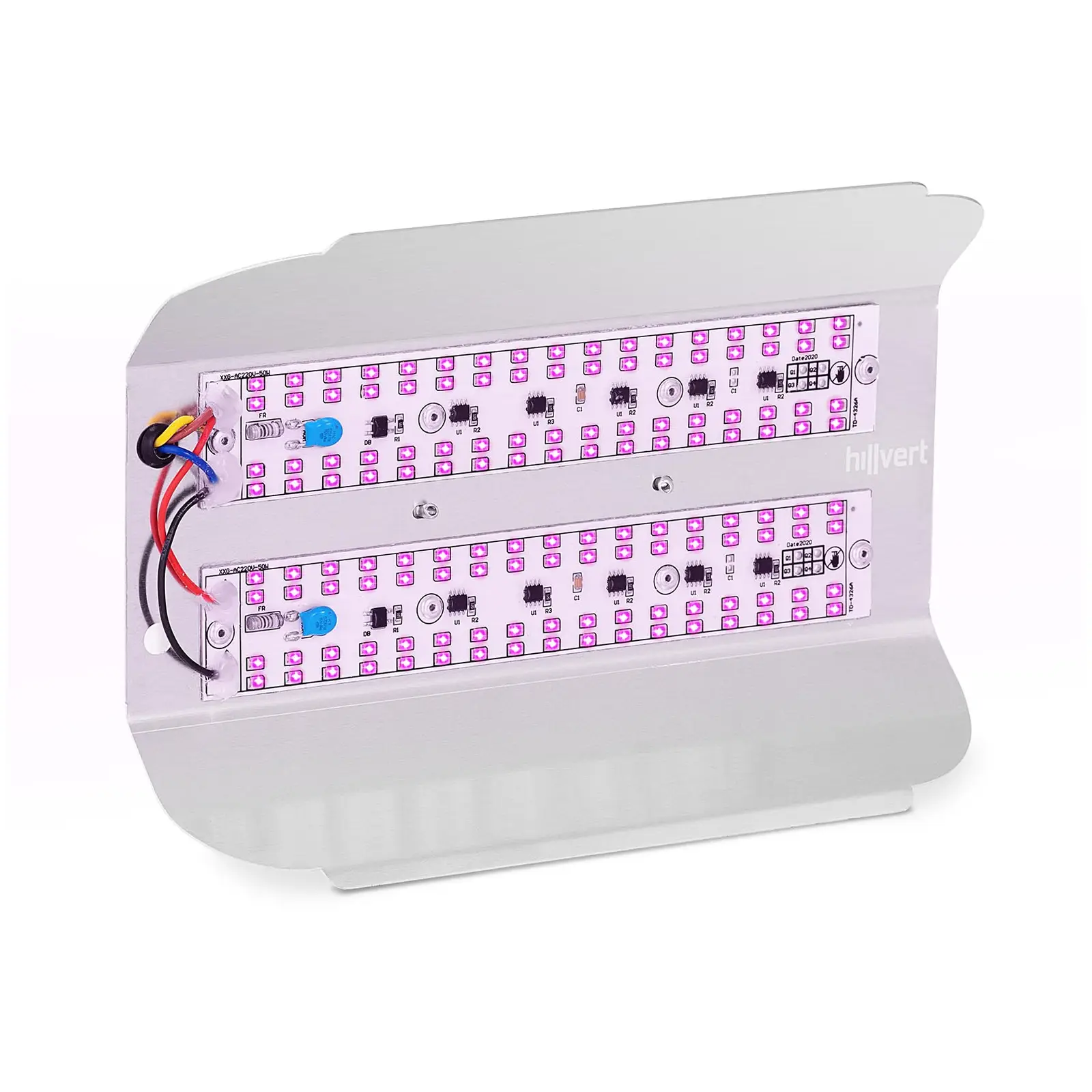
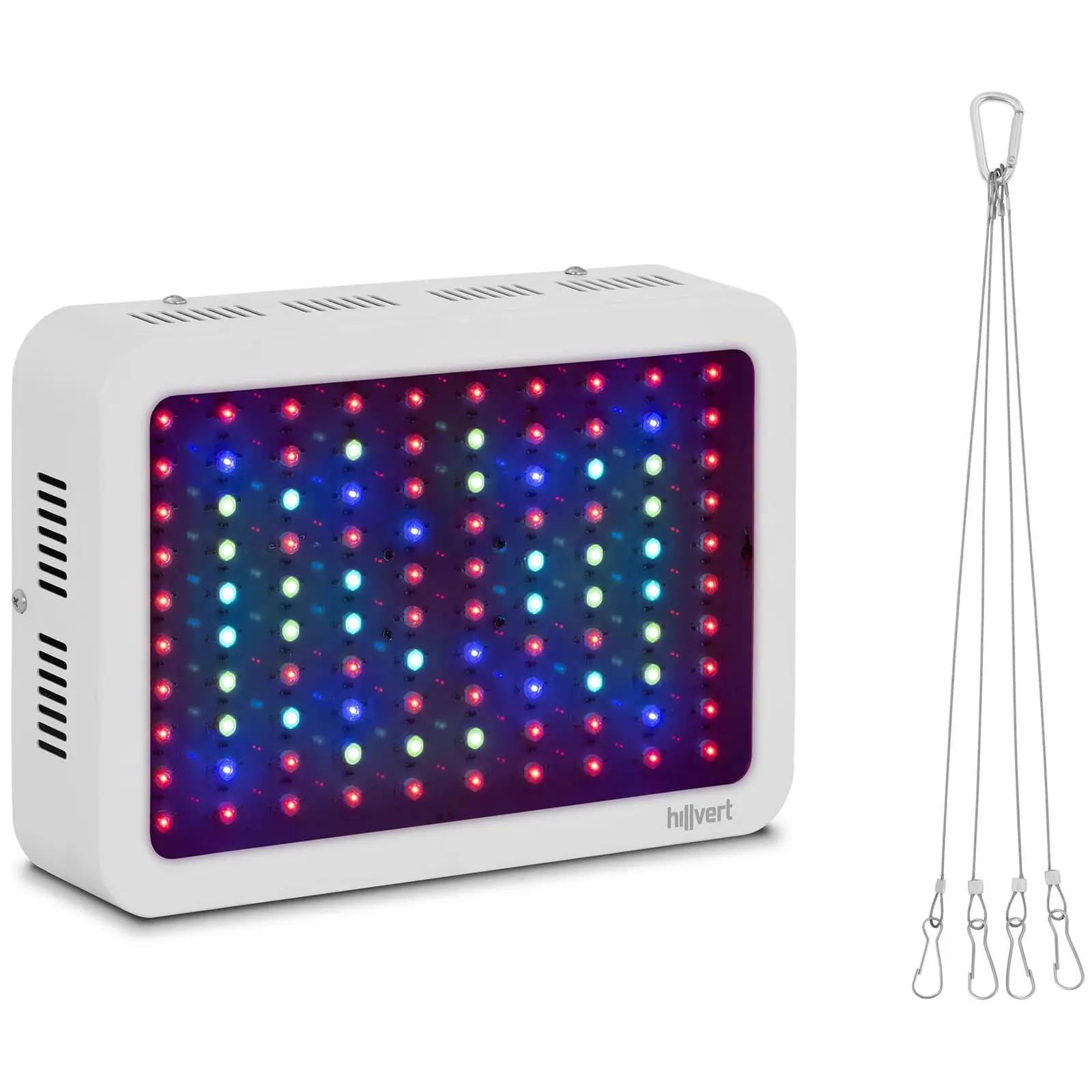
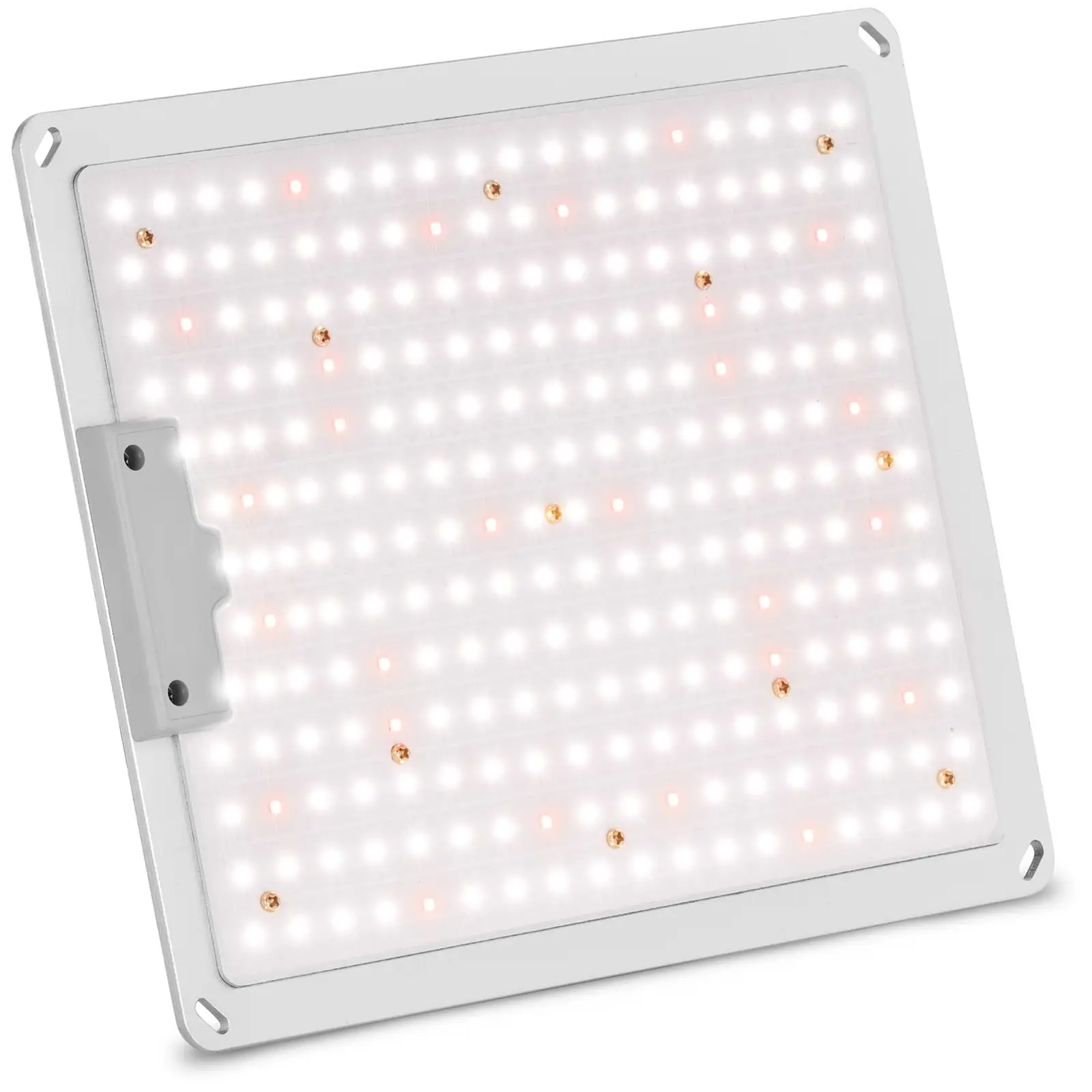
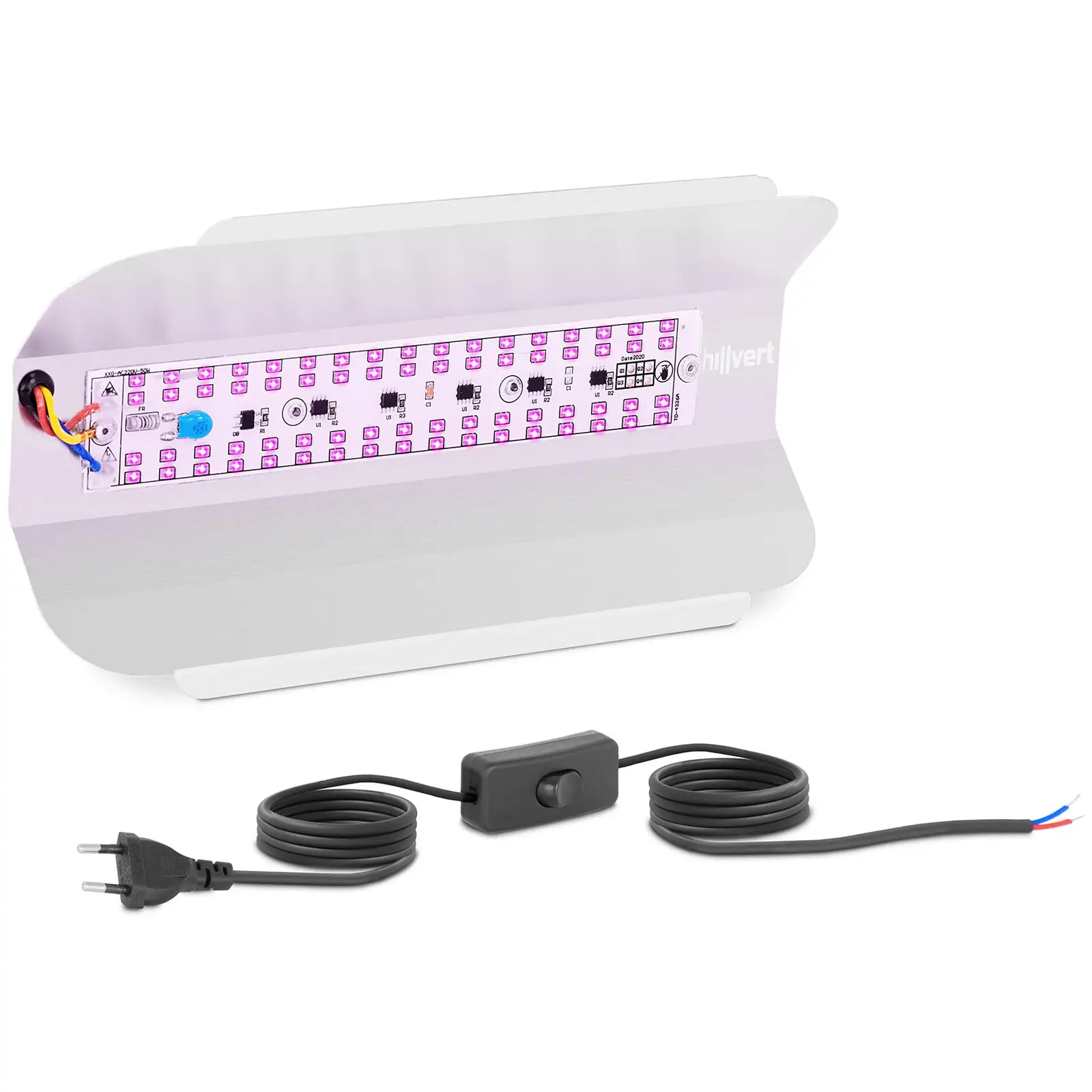



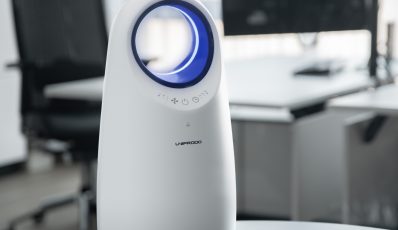

Share